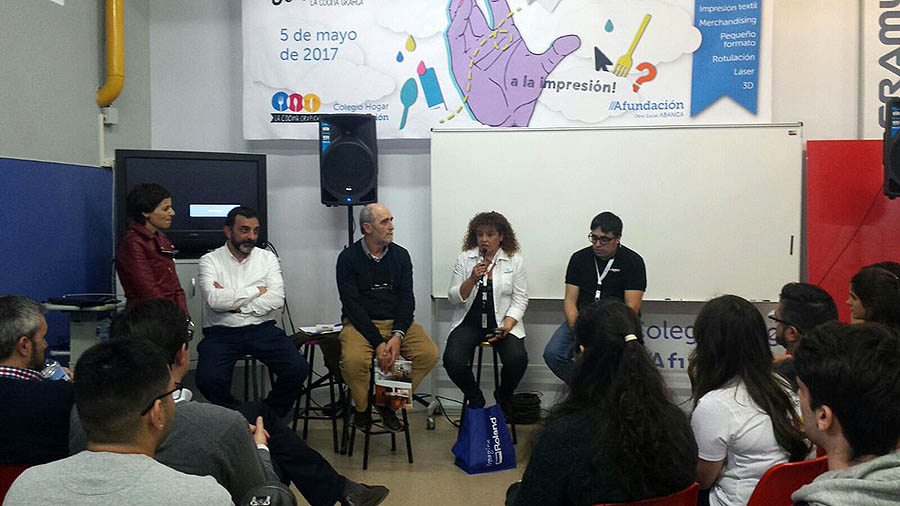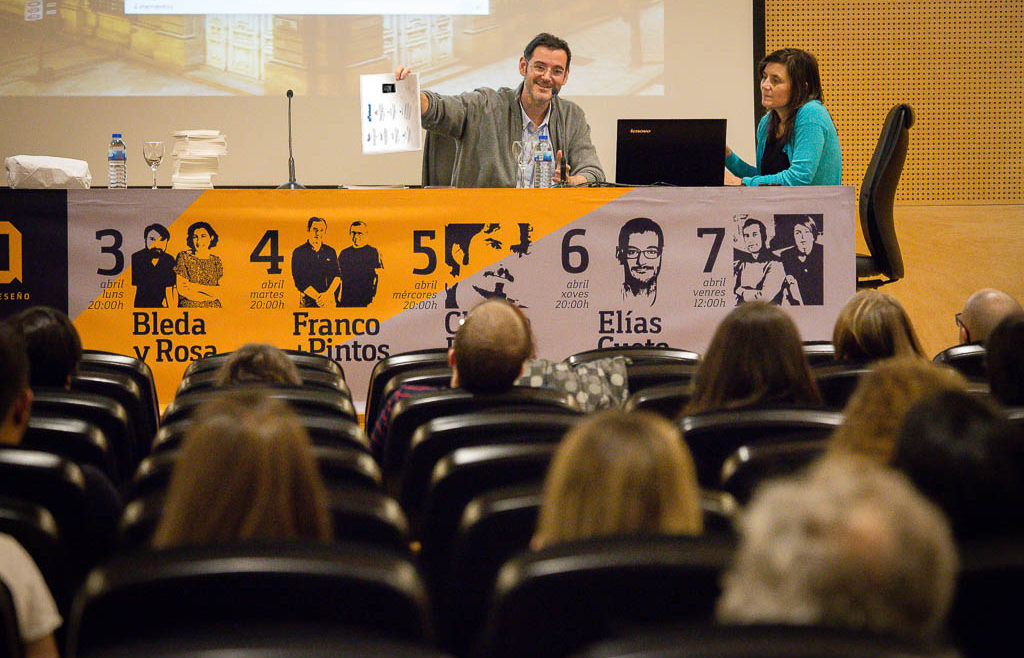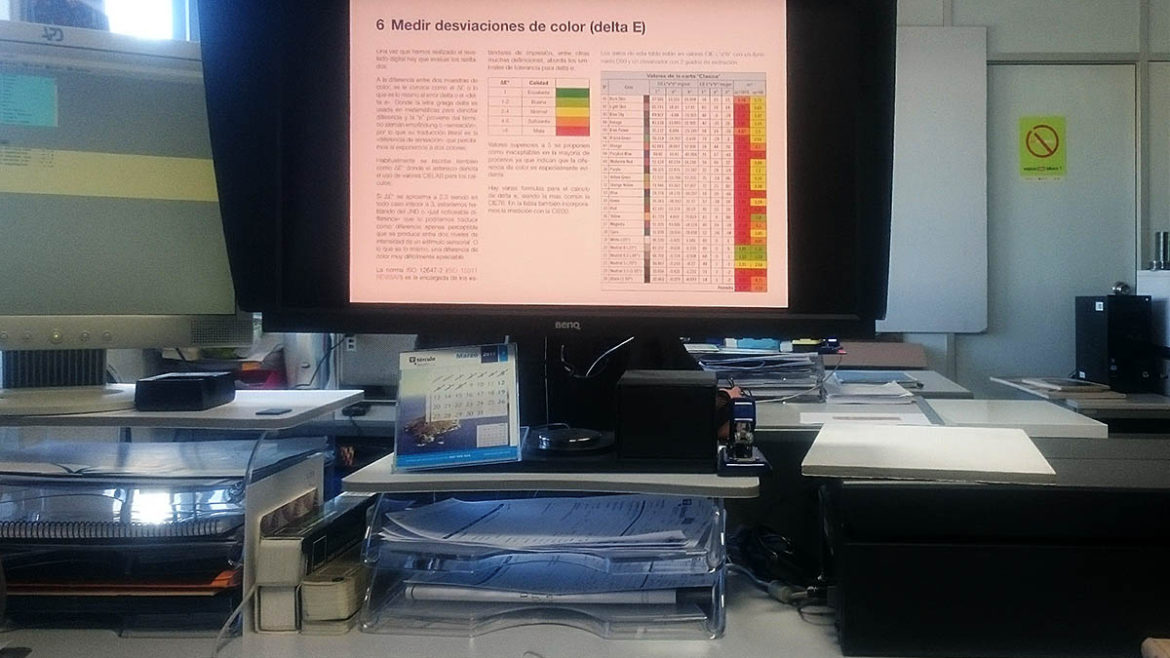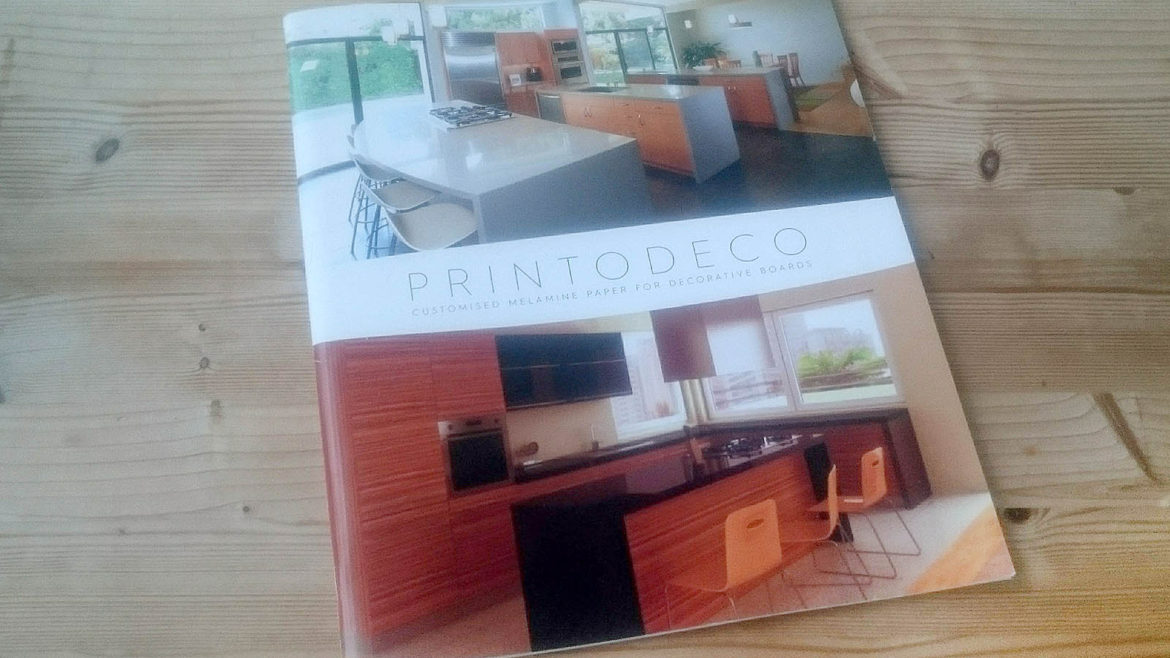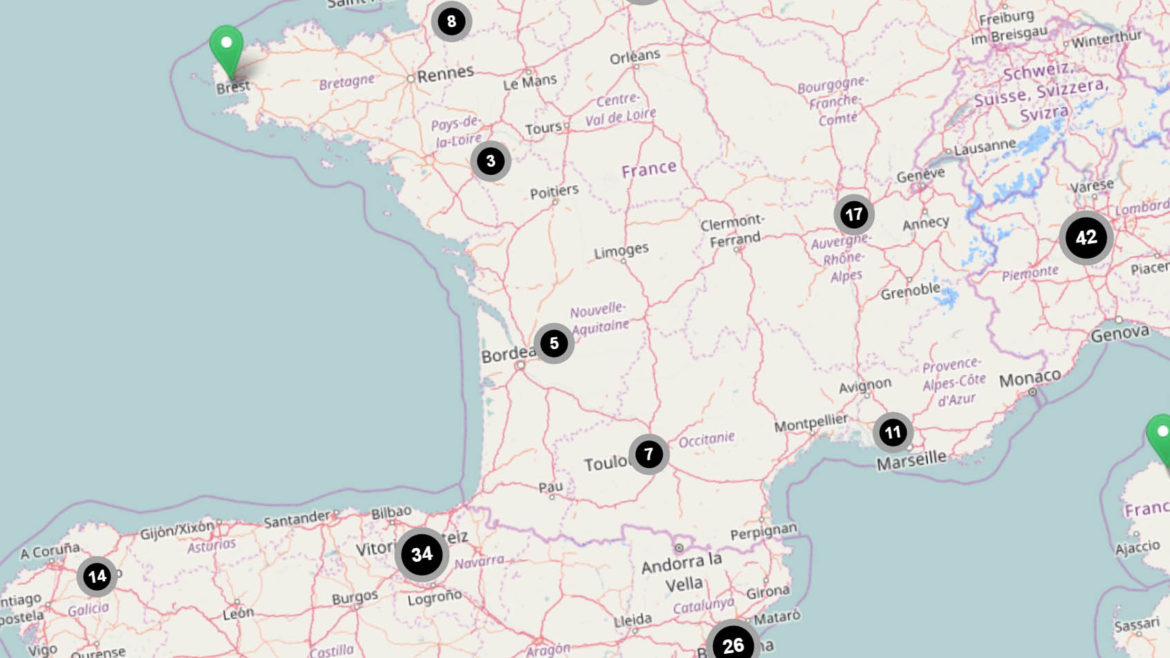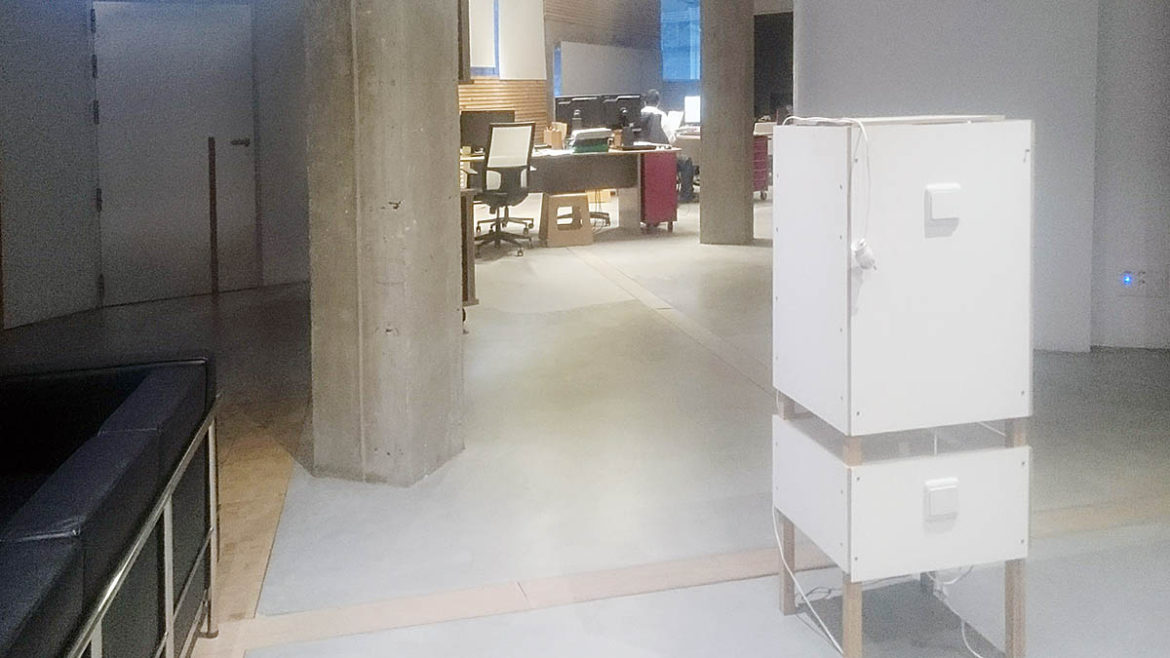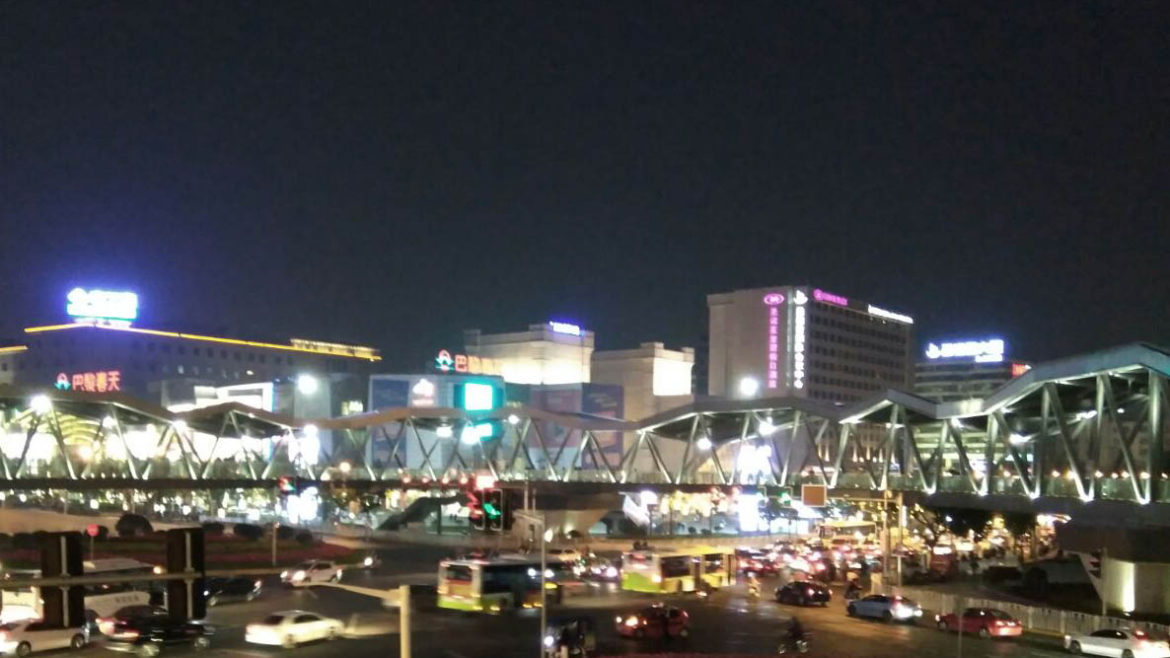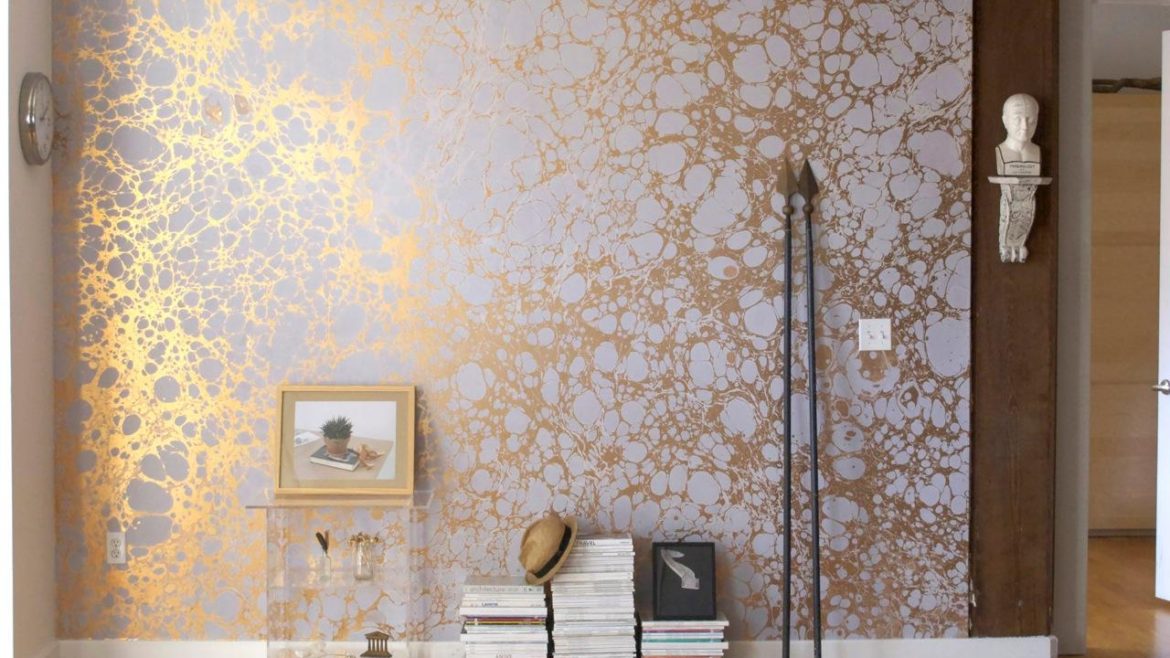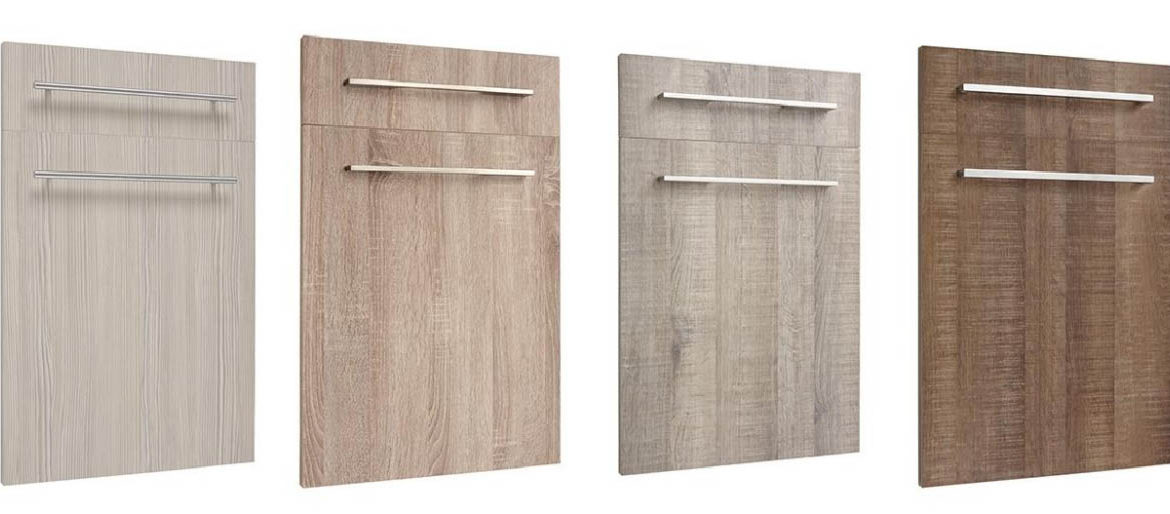at Cocina Gráfica
On 28 April took place in Vigo, the sixth edition of the conference cocina gráfica. This is a meeting for profesionals of the graphic sector in Galicia. The program started at 9:00 and last until 20:30 in the evening.
During the sesión, more than twenty relevant influencers on the graphic activity were present. From 3D printing to marketing experts and creatives. All the relevant actors at design and priting were there. The action had the suport of international Companies such as Roland DG.
The coordinator of PRINTODECO Project was among the protagonist of the day. He explained the efforts of the Company to be ahead at graphic develoments following an Open Innovation schema. This way of doing makes posible to boost creativity and join forces in order to reach higher objectives as it is the digital printing applied to melamine board.


